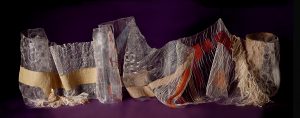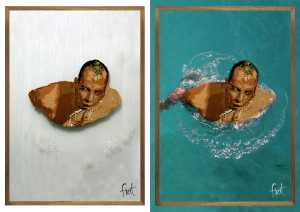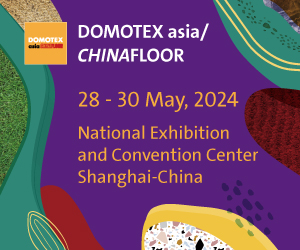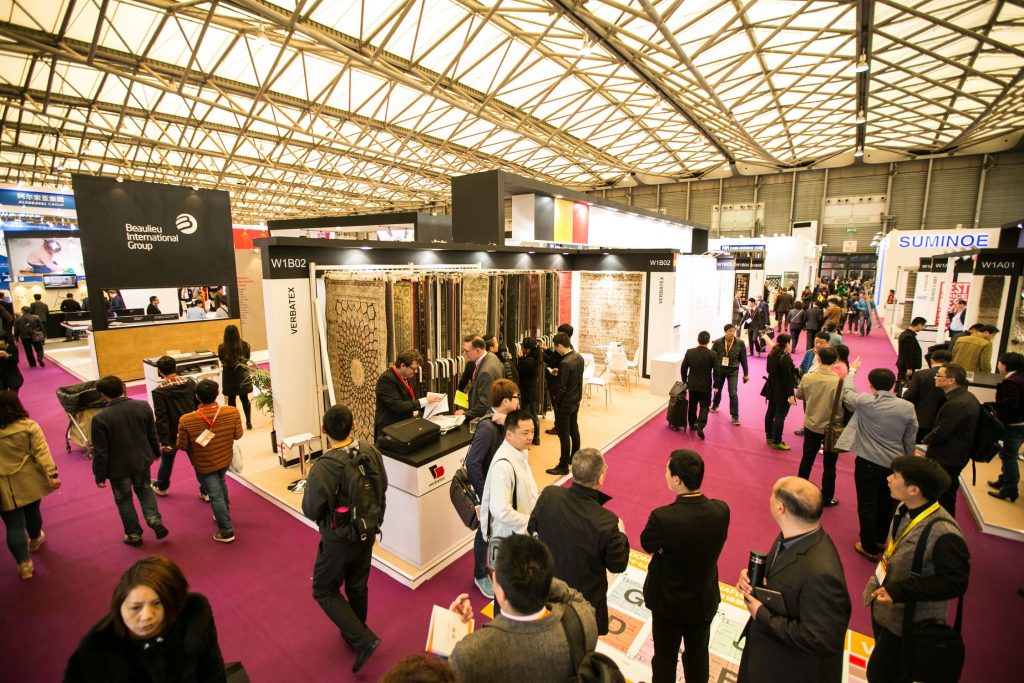Fırat Neziroğlu represents our country at important platforms such as New York Fashion Week.
Fırat Neziroğlu describes himself as an Anatolian Lover and he laid the foundation of his style in elementary school that nobody is able to imitate and even himself cannot name. His first touch to the weaving loom – which his grandfather made – was perhaps the preview that he will tell about the Turkish weaving art at different countries in the world. We’ve made a pleasant interview on weaving with the artist who highlights that he works by abiding the heart of Anatolia in his rugs, carpets and other textile designs.
First, how did Fırat Neziroğlu meet with weaving loom?
When I was in elementary school, all of the classes except our class were working on weaving in vocational training lesson. Our teacher was crazy about calculus. One day, I told my grandfather a made-up story that the school required a weaving loom. Then I started to weave secretly. I started to weave a portrait of Sezen Aksu. In fact, I found out later that back then, I laid this technique’s foundations which nobody in the world could imitate. Weaving the portrait took approximately 6 months and after that, I didn’t make any weaving. This is how I met with weaving.
While I was aiming to study conservatoire in college, with my family’s guidance I got into department of fashion in Faculty of Fine Arts by choosing textile. I tried my best, even though I wasn’t thinking that I’m going to be very successful. Then one day, I saw a weaving loom in university when passing a hallway. A friend of mine was thinking to pass to fashion department, so we exchanged departments with him. I was always thinking about designing new things while our teachers were lecturing. We were designing upholstery fabric and was trying something new on those fabrics. Meanwhile, I won the first place in different fabric designing contests organized in Turkey. These organizations were big such as Beymen Academia and ITKIB. I used fishing line in the fabrics I designed for the contests. Now, all of the university students want to use fishing line. I was the one who used it for the first time and it turned out a language that tells about myself. I have a thing with the concepts such as void, nonexistence, transparency.
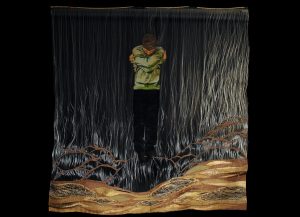 How would you describe this technique that is peculiar to you?
How would you describe this technique that is peculiar to you?
Someone can name this after I’m gone. Right now, I weave Anatolian rugs.
You weave both carpets and rugs. What kind of feelings do you have when you design these two products?
Rug provides me unlimited movement in a limited area. Just like in my life. Everyone limits me however; I find an unlimited playground inside those limits. I think rug is something like that. On the other hand, carpet is a pile product that you tie a knot and cut. That’s why it feels more static for me. Because of this reason, mostly I try to make rugs. I think the main point in this is about knowing how close are you to the target.
You use waste materials as well in your designs. How does it feel to develop new products from these materials?
I highly respect Anatolia. The Anatolian people don’t throw anything away. For example, there are patchwork style carpets. These are the carpets which were used in Anatolia. It looks like they came from abroad but these are actually existing in our heart. As humanity, we batter the world too much. That’s why I’m against the plastic production. Also, I support to recycle the remaining textile products.
What does modernism mean to you?
I’m quite against to this concept. Modernism standardizes the individual and presents you without looking out for anybody’s needs. Every marrying couple buy the same L shaped sofa. Everyone has the same TV unit. You can guess more or less where the glasses are when you visit a house. All of these are consequences of this concept. Everyone in Anatolia tries to be modernized by leaving his/her core. For instance, a woman makes a lampshade. However, the outcome is not so good because she doesn’t have any idea where or how to use the lampshade. All that effort goes to waste. Because of this, I’d like to create products proper to our tradition. I describe Anatolian rug in my weavings. It’s important for me what I’m doing and why I’m doing it. Instead of modernizing a rug’s pattern, I use my own expression language by sticking to its core.
Different types of rugs and carpets are weaved in every region of Turkey. Which ones among these influenced you the most?
I’d like to answer this question in this way. I was invited to Thailand to weave a fabric for Queen of Thailand. When I got there, first they showed around me all the country. I saw how they make the cotton, how they produce and weave the silk and linen. I worked with the women there. This took me shorter than a month. During this period, I’ve learned that what and how are they doing in the name of textile and their techniques in their country. How long would it take if we try to do the same in Turkey? Where can you take someone who comes to your country? My guess, you would spend more than 3 years. So, I cannot discriminate any carpet… I like them all, really.
We are the biggest machine-made carpet manufacturers in the world. What do you think about especially the designs of these carpets? May we listen your advices on this subject?
Unfortunately, I don’t find the sector excited and innovative in this sector at all. Because when we do something, we look at abroad first if it’s been done before. I mean we don’t have the courage to make something we’ve never seen before. There were cathedrals and tall buildings before and they were covered with textile and fabric. I’m making similar art-works which can be placed to the walls and contribute to the insulation. However, when I show it to the manufacturer, the answer is no.
You have so many achievements and works in the international arena. Could you talk about these achievements?
I’ve held my first solo exhibition when I was a student İzmir 9 Eylül University, Faculty of Fine Arts in the year of 2000. Even the teachers weren’t able to hold exhibition in that period. I’ve I broke a new ground on this subject. Then I’ve attended to the design contest of Beymen Academia which had a 5-month elimination period. In this period, each month different juries were visiting and eliminating us. I won Beymen Academia after a difficult period.
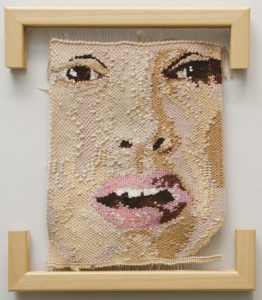 So, you represented Turkey at New York Fashion Week. What have you experienced and felt?
So, you represented Turkey at New York Fashion Week. What have you experienced and felt?
I had won the first grade in the contest of ITKIB before. I haven’t lost my connection with them since then. One day they called me asked me if I can go to New York Fashion Week. I agreed by thinking that I’ll be watching. They asked me about the status of my collection and I have 15 days to get prepared. Then we prepared all the collection in 12 days which consists of 56 pieces by gathering an amazing team. It was a pleasant experience for us.


